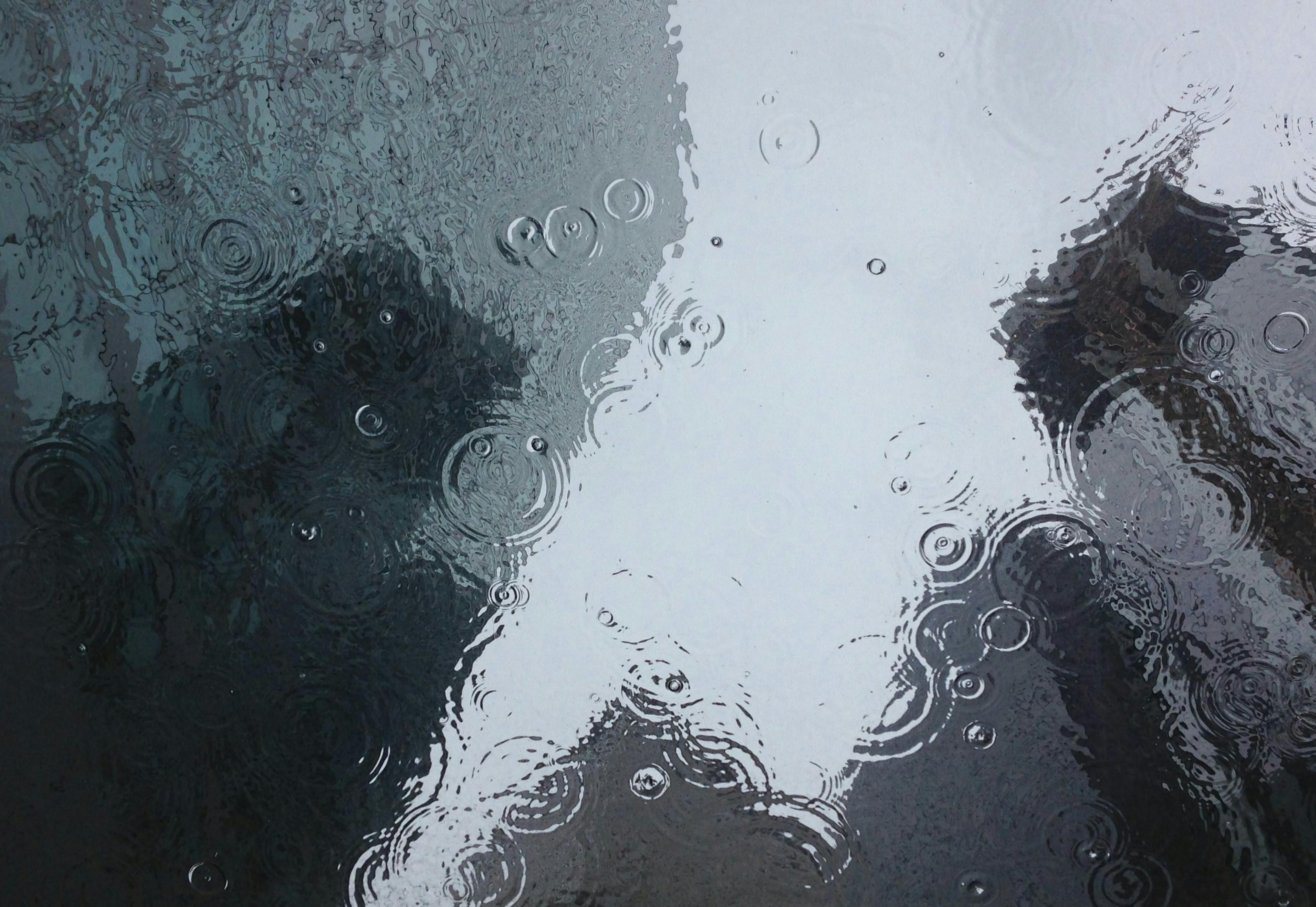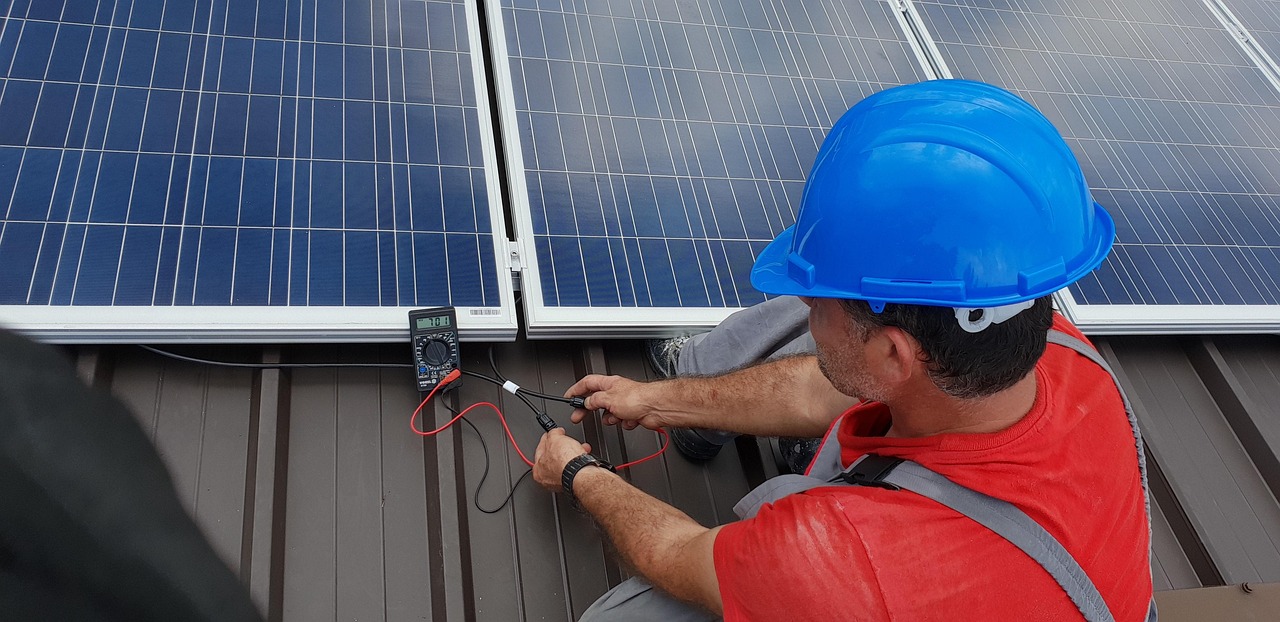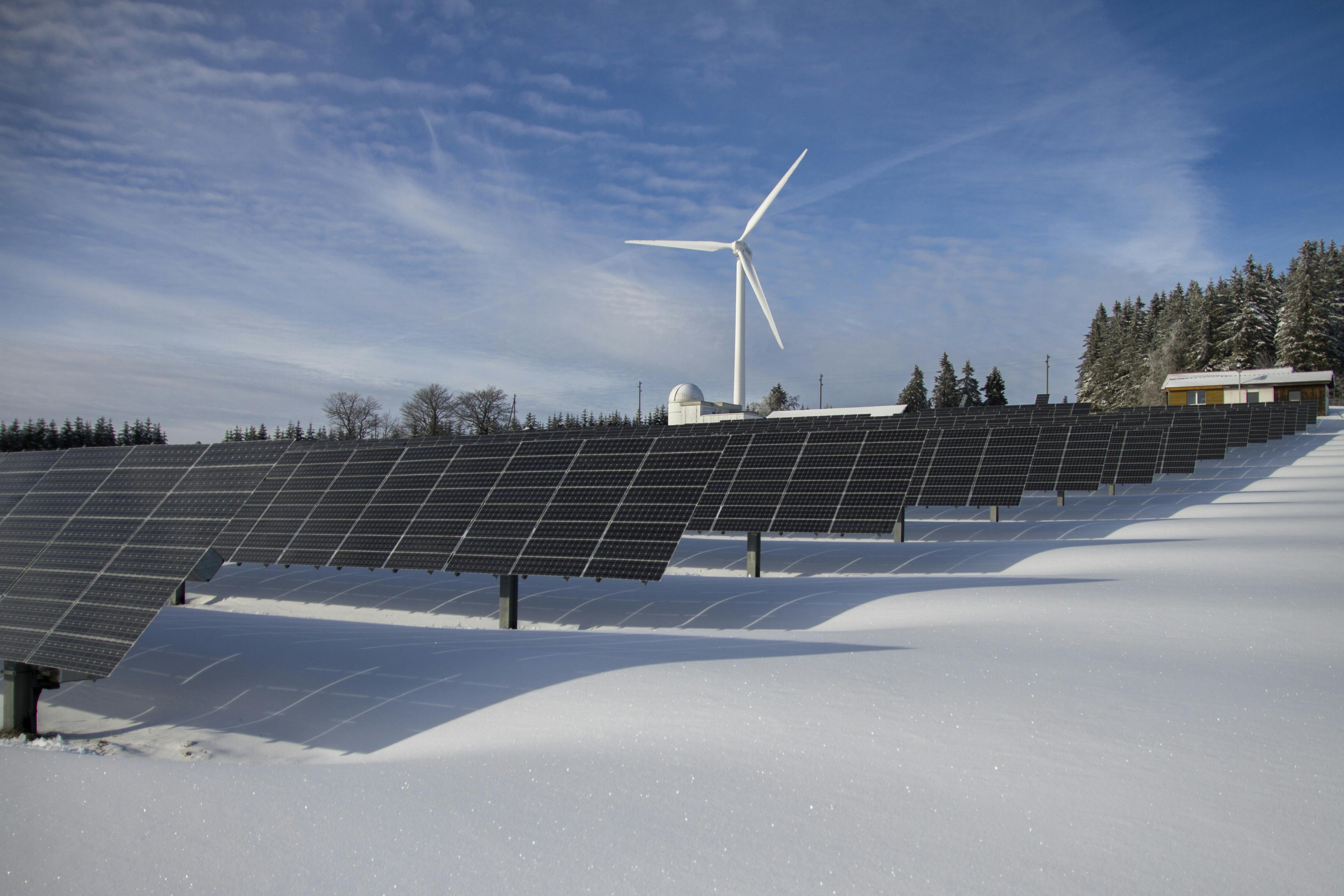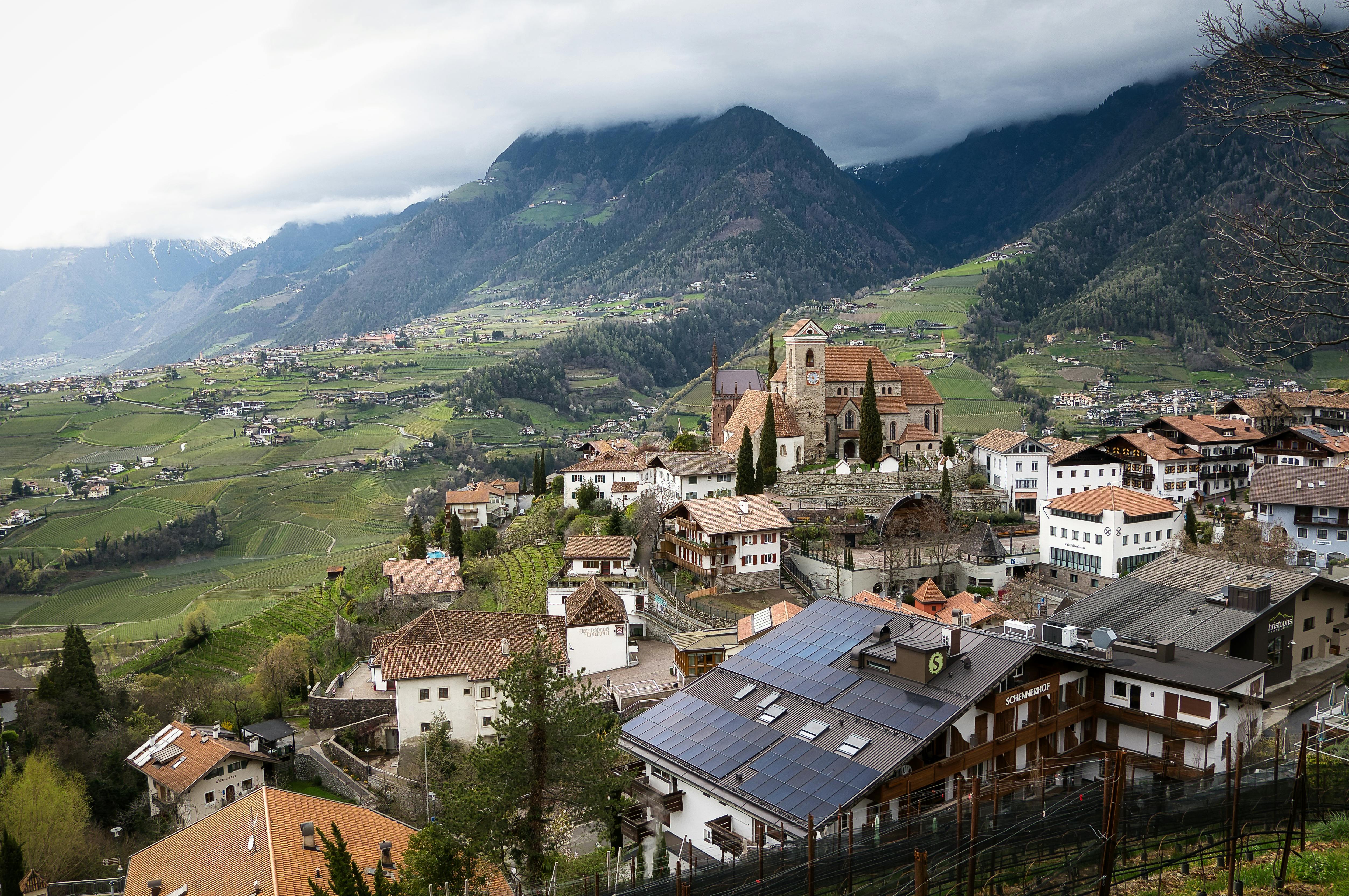Are Solar Panels Waterproof?
Are most solar panels actually waterproof and is this something you need to worry about as a homeowner? Find out inside.

Yes, most solar panels are waterproof and specifically designed to withstand all weather conditions, including heavy rain, snow, and moisture. Modern solar panels are built with multiple protective layers, including tempered glass fronts and weather-resistant backing materials, that create a completely sealed unit. The waterproofing process involves encapsulating photovoltaic cells between durable materials and sealing all edges with weatherproof gaskets and frames.
This robust construction means homeowners don't need to worry about their solar panels getting wet or being damaged by typical UK weather conditions. In fact, rain can actually benefit solar panel performance by naturally cleaning dust and debris from the surface, helping maintain optimal energy production throughout the year.
Main Solar Takeaways:
- Solar panels are definitively waterproof – they're designed and tested to withstand decades of exposure to rain, snow, and extreme weather
- Panels have a multi-layer waterproofing process – panels use tempered glass, EVA encapsulation, and sealed aluminium frames to create complete weather protection
- Rain can improve performance – rain naturally cleans panels and can actually boost energy production by removing accumulated dirt and debris
How the Most Popular Types of UK Solar Panels Are Built
The UK solar market is dominated by monocrystalline and polycrystalline silicon panels, both engineered to withstand the country's notoriously wet climate. These panels feature a sophisticated multi-layer construction that prioritises weather resistance without compromising energy efficiency.
The front layer consists of low-iron tempered glass, typically 3-4mm thick, which provides excellent light transmission whilst offering superior protection against impact and weather. This glass is specifically treated to be self-cleaning and highly resistant to thermal stress from temperature fluctuations common in British weather.
Behind the glass, photovoltaic cells are encapsulated in ethylene-vinyl acetate (EVA), a transparent polymer that bonds the cells whilst providing additional moisture protection. The backing material is usually a durable TPT (Tedlar-PET-Tedlar) film or similar polymer that's completely waterproof and UV-resistant.
The entire assembly is sealed within an aluminium frame with corner keys and gaskets that create a completely weatherproof seal. This frame design includes drainage channels that allow any moisture to escape whilst preventing water ingress. Premium panels often feature additional silicone sealing around junction boxes and cable entry points.
UK-installed panels must meet strict IP67 or IP68 ratings, meaning they can withstand temporary submersion in water up to one metre deep – far exceeding any realistic weather scenario. This robust construction is why reputable manufacturers offer 20-25 year warranties on their panels, confident they'll perform reliably throughout Britain's variable climate conditions. At MakeMyHouseGreen, all of our panels come with a 25-year performance warranty.
Is It Okay for Solar Panels to Get Wet?
Absolutely – solar panels are specifically designed to get wet and continue operating efficiently in all weather conditions. The waterproof construction we've described means that rain, snow, sleet, and even hail pose no threat to your solar panel system's integrity or performance.
In fact, getting wet is beneficial for solar panels. Rain acts as a natural cleaning service, washing away dust, pollen, bird droppings, and other debris that can accumulate on panel surfaces and reduce energy output. Many homeowners notice improved energy production following rainstorms, as their panels return to peak efficiency with clean surfaces.
Even in the UK's wettest regions – including the Scottish Highlands, Lake District, and Wales – solar panels continue to generate significant amounts of electricity. These areas often benefit from excellent air quality due to frequent rainfall, which reduces the dust accumulation that can impact panel performance in drier climates.
The sealed construction means that moisture cannot penetrate the electrical components, so there's no risk of short circuits, corrosion, or electrical damage from water exposure. The drainage features built into panel frames ensure that water flows away efficiently without pooling or creating potential issues.
Homeowners in particularly rainy areas might actually have an advantage, as their panels require less manual cleaning and maintenance. The consistent natural washing helps maintain optimal light absorption, whilst the cooler temperatures associated with wet weather can actually improve panel efficiency, as photovoltaic cells perform better in moderate temperatures than in excessive heat.
Is Rain Ever an Issue Over the Lifespan of a Solar Panel?
Rain is factored into every aspect of solar panel design and testing, making it a non-issue throughout a panel's 25-30 year lifespan. Manufacturers conduct extensive accelerated weathering tests that simulate decades of exposure to moisture, UV radiation, temperature cycling, and mechanical stress to ensure long-term reliability.
These tests include damp heat testing at 85°C and 85% humidity for 1,000 hours, humidity freeze testing through multiple freeze-thaw cycles, and mechanical load testing that simulates wind and snow loads far exceeding typical UK conditions. Panels must maintain their electrical performance and structural integrity throughout these rigorous assessments.
The materials used in panel construction are selected specifically for their long-term stability in wet conditions. The tempered glass front is virtually immune to water damage, while the EVA encapsulant and polymer backing materials are engineered to resist moisture penetration and UV degradation for decades.
Quality solar panels actually become more resilient over time as the EVA encapsulant fully cures, creating an even stronger moisture barrier. The aluminium frames are anodised or powder-coated to prevent corrosion, whilst stainless steel hardware ensures mounting systems remain secure regardless of weather exposure.
Regular rainfall can extend panel lifespan by preventing the build-up of corrosive materials like salt deposits in coastal areas or industrial pollutants in urban environments. The consistent cleaning action means fewer contaminants come into prolonged contact with panel surfaces, reducing the potential for any long-term degradation.
Modern solar panels typically lose less than 0.5% of their efficiency per year, and this degradation rate isn't accelerated by moisture exposure when panels are properly installed with adequate drainage and ventilation around the mounting system.
Maintaining Solar Panels Long-Term
Whilst solar panels are remarkably low-maintenance due to their waterproof design, some basic upkeep will ensure optimal performance throughout their lifespan. The good news is that rain does most of the cleaning work for you, but homeowners can take additional steps to maximise their investment.
Visual inspections every few months can help identify any obvious issues like damaged frames, loose mounting hardware, or accumulated debris that rain hasn't washed away. Look for any cracks in the glass surface or signs of water ingress around junction boxes, though these issues are extremely rare with quality installations.
Professional cleaning may be beneficial occasionally, particularly in areas with heavy pollen, coastal salt deposits, or industrial pollution. However, many homeowners find that natural rainfall provides sufficient cleaning, especially when panels are installed at appropriate angles that promote self-cleaning through rain runoff.
For comprehensive guidance on solar panel care, including seasonal maintenance checklists and troubleshooting advice, visit our detailed solar panel maintenance guide. Our solar care services also provide professional maintenance packages that take the guesswork out of long-term panel care.
Annual professional inspections can identify potential issues before they impact performance, including checking electrical connections, inverter function, and mounting system integrity. These inspections are particularly valuable after severe weather events, though properly installed waterproof panels rarely suffer damage from typical UK storms.
Keep monitoring your energy production through your inverter or monitoring app – sudden drops in output might indicate cleaning needs or technical issues that require professional attention, though the waterproof nature of modern panels makes serious weather-related problems extremely uncommon.
Conclusion
Solar panels represent one of the most weather-resilient technologies available to UK homeowners, with waterproofing that's integral to their design rather than an afterthought. The combination of tempered glass, advanced encapsulation materials, and precision-sealed frames creates systems that not only survive but thrive in Britain's wet climate.
At MakeMyHouseGreen, we understand that choosing the right solar solution involves more than just selecting panels – it requires expert installation, design, and ongoing support to maximise your investment. Our experienced team can help homeowners navigate every aspect of switching to solar, from initial assessments to long-term maintenance strategies, ensuring you get the most from your solar system for decades to come.
Ready to see what you can save?
Our solar calculator is 100% free to use. Enter your postcode below to get started.

Based on 400+ Trustpilot reviews





